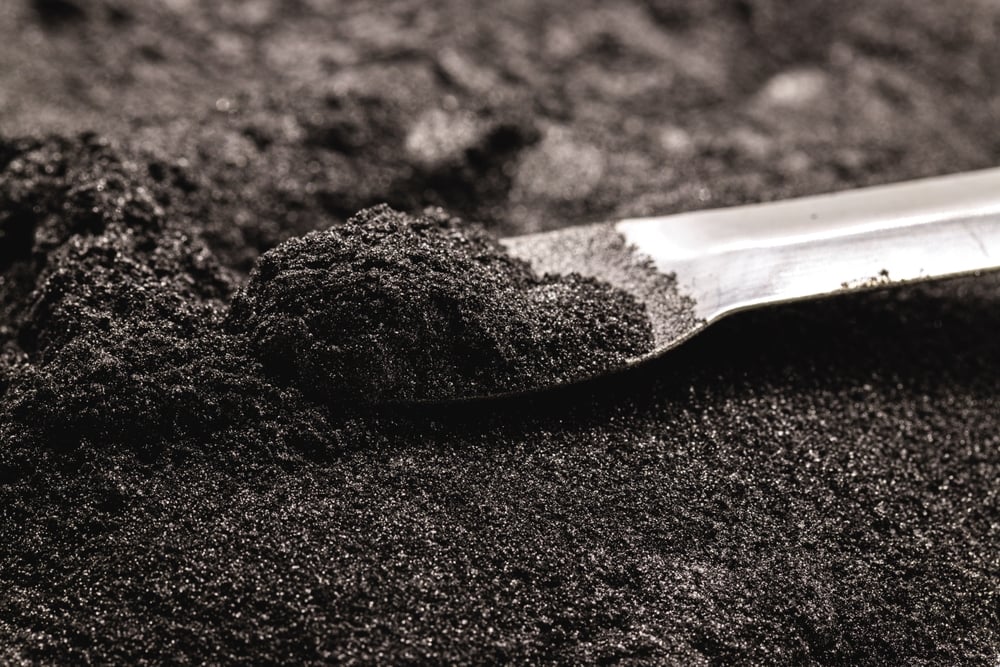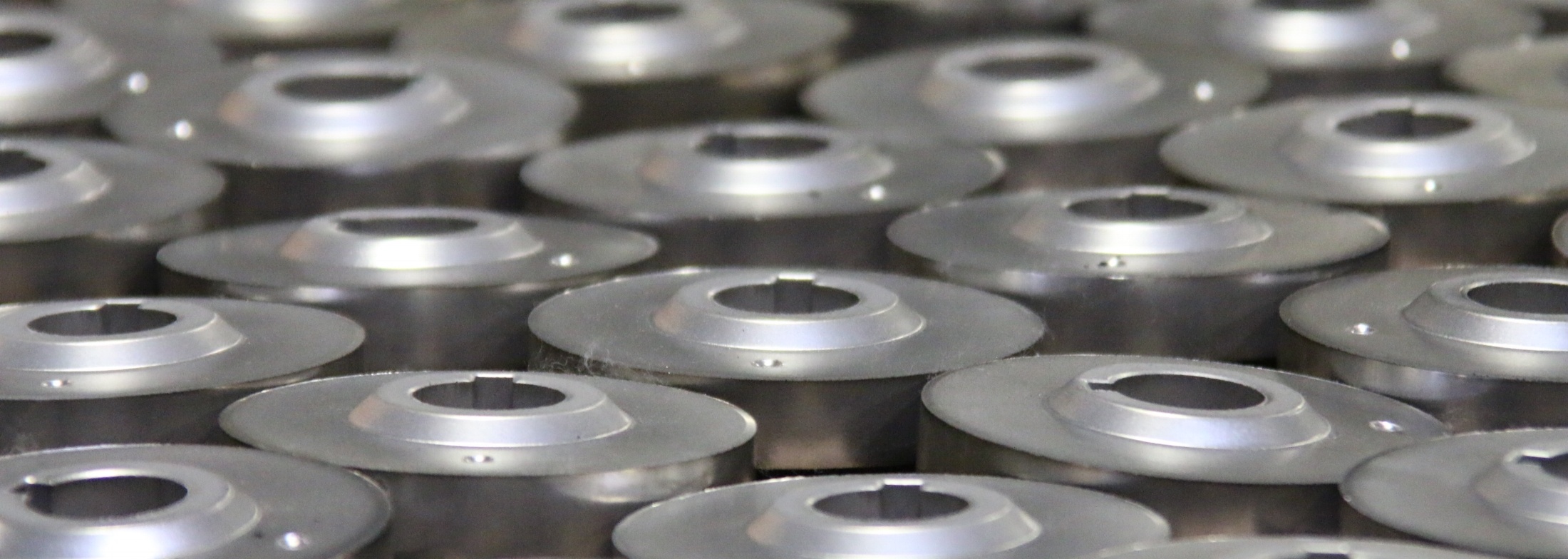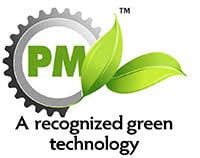
Metal sintering is the process of fusing metal powders to create a solid object and involves heat and pressure. The result is a metal object with a near-net shape, meaning it only requires minimal finishing work before being used.
Sintered metals can have many applications, depending on their composition and the way they are produced. In this article, we'll take a closer look at metal sintering, its process, its benefits, and some potential applications.
Powder Metal Sintering Process
The sintering process helps to bind the particles of metal powder together, creating a solid, dense piece.
The powder metal sintering process includes:
- Choosing a powder composition: The metal powder type you use will determine the properties of the finished product, so selecting the right one for your needs is crucial.
- Compaction: Once you've selected the right powder for your needs, the next step is to compact it into the desired shape. It is performed using a die press, which applies pressure to the powder to force it into the desired shape. The amount of pressure and the duration of pressing will vary depending on the powder type and the desired final product.
- Sintering: After the powder is compacted into the desired shape, it is ready for sintering. Sintering is a process of heating the powder to just below its melting point, allowing the particles to bind and form a solid piece. The length of time and temperature at which the powder is heated will vary depending on the powder type and the desired final product.
Benefits of Metal Sintering
Metal sintering offers several advantages over other manufacturing processes. These include:
- Complex shapes: Metal sintering allows for creating complex shapes that would be difficult or impossible to produce using other methods.
- High dimensional precision: It offers high dimensional accuracy, meaning that the finished product will be very close to the desired shape.
- Reliability and repeatability of large mass production: It is a very reliable process, and the finished products are consistent, making it ideal for large-scale production runs.
- Self-lubrication: It can create parts with self-lubricating properties. The powder is compacted under high pressure, creating a dense, tight bond between the particles that helps reduce friction and wear, making self-lubrication possible.
- Unique and isotropic materials: It is used to create unique isotropic materials. These materials have the same properties in all directions, making them ideal for applications where strength and durability are essential.
- Green technology: It’s considered a green technology, as it doesn't produce any harmful emissions, making it ideal for companies looking to reduce their environmental impact.
- Damping vibration: It can create parts with vibration damping properties. The powder is compacted under high pressure, creating a dense, tight bond that helps reduce vibrations and noise, making vibration damping possible.
Metal Sintering Applications
Metal sintering is a versatile process that improves the properties of many materials. In particular, sintering often enhances metals' strength, conductivity, and translucency. Its uses involve producing electrical components, semiconductors, and optical fibers.
Metal sintering is a popular choice for 3D printing applications, as it creates custom metal forms. Metal sintering works by melting metal powder one layer at a time, making it ideal for creating complex shapes and structures. Metal sintering also has high accuracy and repeatability, making it suitable for industrial and manufacturing applications.
This technique uses various metals, including aluminum, brass, bronze, and stainless steel. Sintering allows for greater control over the manufacturing process and can result in more consistent products. Additionally, sintering requires less energy than melting the same metal, making it a more environmentally-friendly option.
Sintering can also enhance the properties of various metals. For example, sintering minimizes the porosity of an object's surface. This can improve the strength and durability of the object.
The uses of metal sintering include the creation of:
- structural steel parts
- porous metals for filtering
- tungsten wiring
- self-lubricating bearings
- magnetic materials
- electrical contacts
- dental products
- medical products
- cutting tools.
Metal Sintering with Pacific Sintered Metals
Metal sintering is a process that Pacific Sintered Metals (PSM) specializes in. This process involves heating metal powder just below its melting point, allowing the particles to bond to form a solid mass. PSM has over 65 years of experience in sintering metals, and our team can sinter various metals, including stainless steel, titanium, nickel, and more. We are also able to work with customer-provided materials.
Sintering is a versatile process that creates parts of different shapes and sizes. The process is also relatively quick and efficient, making it ideal for large-scale production. Sintering can also create parts with complex geometries or internal features that would be difficult to produce using other manufacturing methods.
If you’re interested in learning more about how metal sintering can improve your part performance. Our team would be happy to discuss your specific needs and see how we can help you take your product development to the next level.






